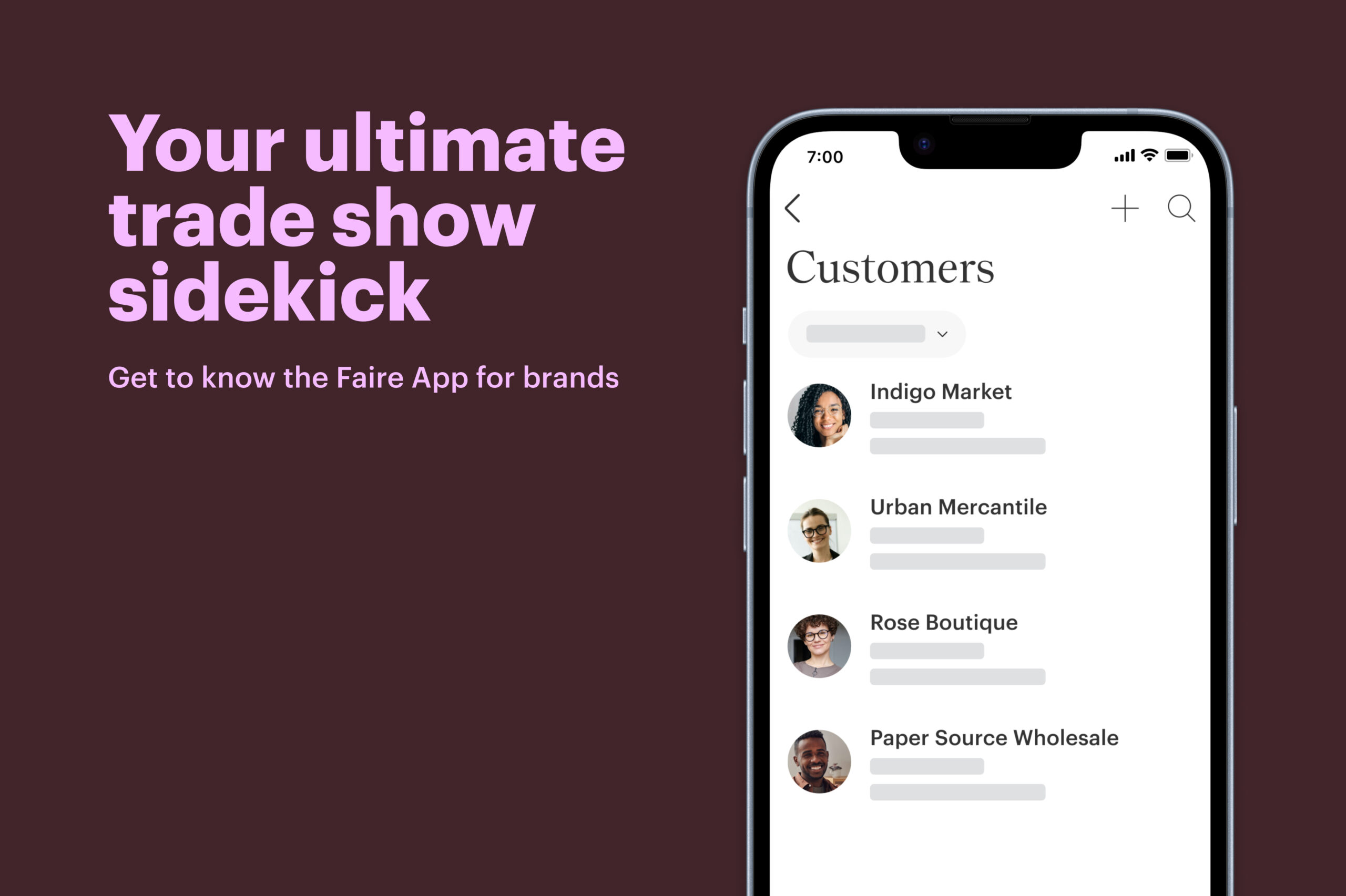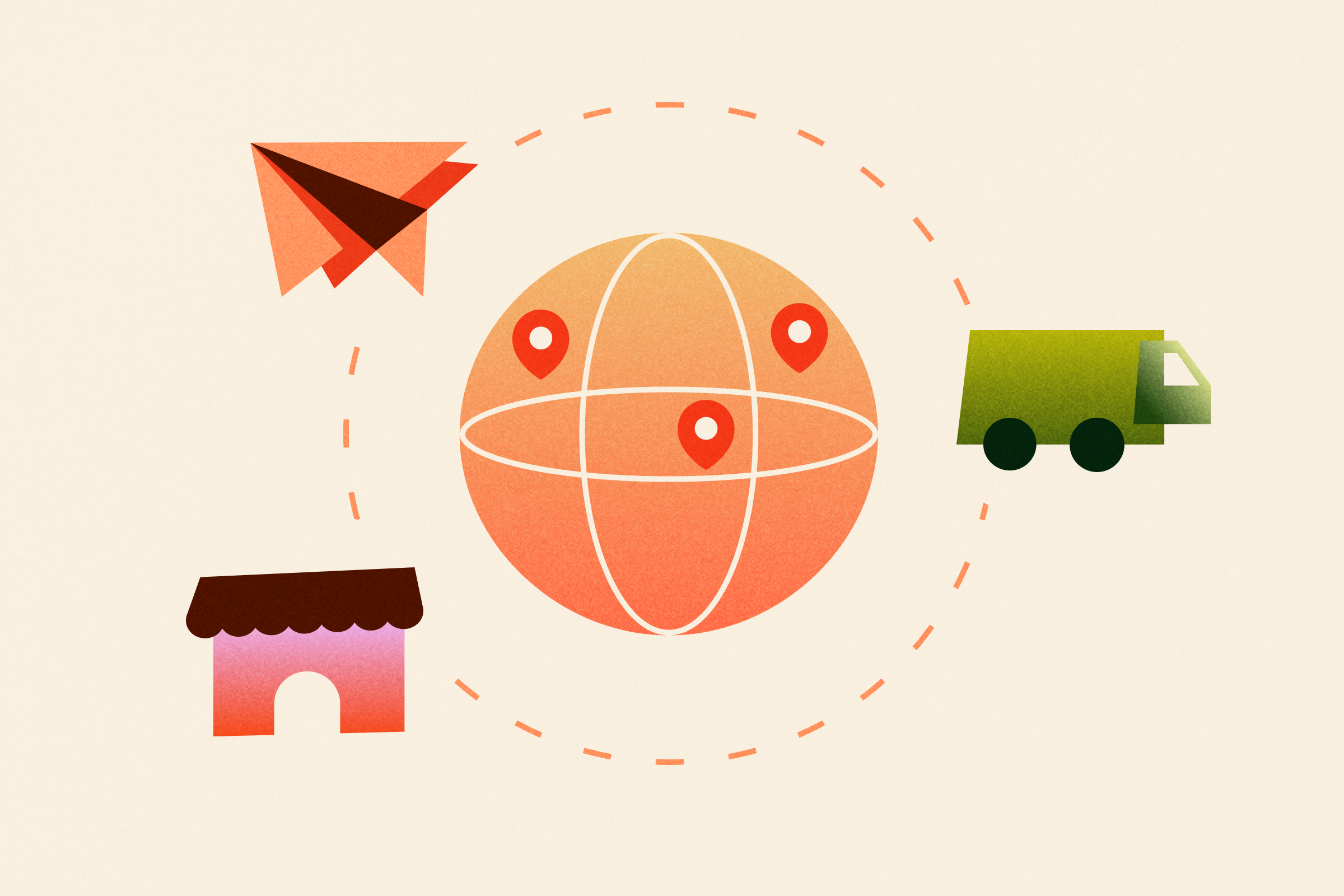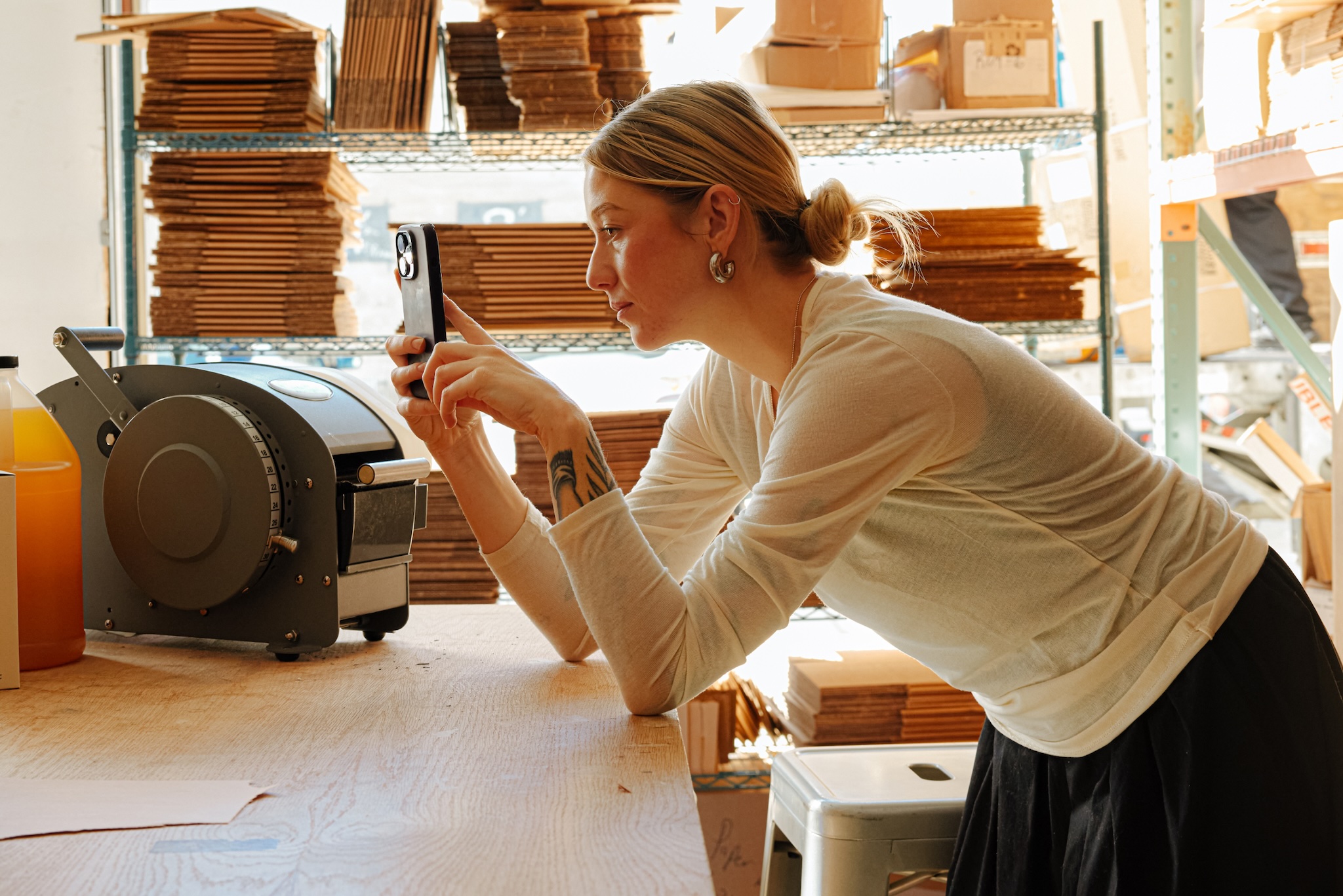Even if you’ve already mastered the art of selling wholesale, you may be newer to the idea of B2B wholesale advertising. Selling through a B2B wholesale marketplace like Faire already gives you a leg up, putting your products in front of hundreds of thousands of high-quality, independent retailers. But by expanding your customer acquisition efforts into advertising, you can reach a broader audience and accelerate growth. After all, generating sales is about building relationships, and advertising offers powerful channels from which to consistently engage with both existing and potential B2B customers—with the end goal of getting more of your products in stores.
There are fewer options today for advertising specifically to retailers, but if you’ve dabbled in direct-to-consumer (D2C) advertising, the methods and channels will mostly be familiar. Each has its own strategies and benefits, but they can all help you connect with new retailers.
B2B vs D2C advertising: One key difference in ROI
While consumer advertising is often measured by immediate sales, it’s important to remember that B2B wholesale is all about building relationships. Simply put, a happy wholesale buyer has a higher lifetime value (LTV)* than an ordinary customer. They order in larger quantities and with more frequency, leading to a compounding return on your acquisition costs over time.
*The advertising business is full of acronyms—click here to see our full glossary.
Leveraging social media channels for B2B advertising
Many brands’ first foray into retailer advertising happens through social media channels they already rely on for direct-to-consumer advertising, namely Facebook and Instagram. While we’re going to cover mainly B2B advertising channels, we did want to offer a few high-level pointers for catering to a retail audience.
- If you have an Instagram shop, all you need to do to turn a post into an ad is tag your products, then “boost” your post. Use your unique Faire Direct link as your post’s CTA, so you can grow your sales at 0% commission.
- To help ensure your ads are reaching wholesale buyers on Facebook, try targeting both business page owners and business page admins.
- If you sell directly to consumers through these same channels, be sure to clarify which of your posts are geared toward wholesale customers only.
Paid search listings, or pay-per-click (PPC) ads
Why try it: A popular choice for businesses of all sizes, paid search listings are the ones you see when, for example, you’re conducting a Google search: They typically appear at the top of the results and are marked with a “sponsored” label. If someone clicks on your ad, it worked! And in most cases, you pay per click. A pay-per-click (PPC) ad channel doesn’t require a huge cost investment and is easy to scale up and down depending on your results.
How to get started:
- PPC ads have limited space and are centered around keywords, so you want to make sure you get those right. It can be helpful to start with a free keyword tool to get an idea of what people are already searching for in your industry or category.
- Long-tail keywords—with at least three and as many as five words—can be a powerful way to convert customers at a fraction of the cost. Since the searcher has specified exactly what they want and the competition is typically low, they show up only in extremely high-quality searches.
- Try incorporating “wholesale” into your long-tail keywords to reach retailers.
- Have a lot of competitors in your space? Target brand-related or competitor-related keywords to prevent your rivals from dominating the search engine results pages (SERPs).
- You can also build out a negative keywords list of phrases that aren’t relevant to your target customer, helping you reach the most appropriate audience and lowering your cost per click. For example, if you’re selling pet accessories, a negative phrase might be “pet food.”
Track results: As you get more familiar with PPC campaigns, make sure to remove or pause any keywords that aren’t producing results. Google Ads and Google Analytics provide an overview of clicks, conversions, and impressions, giving you the option to maximize impressions and target your audiences based on their search behavior, browsing history, and demographic data. Bonus: This data can inform your SEO and content marketing strategy.
Trade shows
Why try them: Trade shows are one of the industry’s most tried-and-true methods of finding new wholesale buyers and networking.
How to get started:
- Traditional, in-person trade shows can be prohibitively costly, both in terms of money and time. In addition to exhibition fees, you’ll want to invest in an attractive booth presence, marketing flyers and signage, and an enticing promotion for attendees.
- Faire markets, on the other hand, offer a free alternative for wholesalers and retailers across the globe looking to connect online for great merchandise, shared values, and alluring deals (during our July 2023 market, Faire matched discounts up to 5%).
- To get the most out of in-person and digital trade shows, we’ve put together a handy guide. It includes advice on how to prep your booth, set promotions, nurture relationships, and more.
Track results: Before you participate in a trade show, think about your goals. Is it to establish brand awareness? Promote a specific message? Launch a rebrand or new product? Once you’ve aligned on goals, you can measure impact: Tally the number of prospects consulted or established qualified leads, or poll attendees to see how they responded to your presence. Past Faire markets have created over 112,000 new relationships between brands and retailers.
Whether you opt for in-person or virtual trade shows, it always pays off to nurture the customer relationships you make there.
Partnerships and co-marketing
Why try it: To expand your reach and create mutually beneficial advertising opportunities, collaborate with like-minded brands or industry influencers.
How to get started:
- Most companies automatically associate influencers with celebrities or mega-media personalities, but any content creator on social media with a respectable following can sway audiences and impact their purchasing behaviors.
- Determine what your company is aiming for, whether that’s building brand awareness, increasing trust, or boosting sales. Then partner with people who speak to similar target markets and can help you achieve your marketing goals.
- Let’s say you sell gourmet goods. You could find an influencer who sells picnic baskets and blankets that would nicely complement your tasty offerings in an Instagram reel. Or a reusable food storage company that could feature your products in its next Facebook post.
Track results: Make sure you’re clear on your goals: For example, if you want to boost online sales, don’t just have an influencer mention your brand. Make sure there’s a unique link or discount code (or better yet, your Faire Direct link) so you can track and measure ROI. To raise brand awareness, send them to your About section or a specially designed landing page just for that campaign.
Don’t forget: Build on your relationships by prioritizing customer service
When it comes down to it, relationships are at the heart of wholesale, and even though it’s important to attract new customers, it’s even more valuable to keep them. How, though? According to Salesforce’s 2023 “State of the Connected Customer” report, 89% of business buyers shared that a positive customer service experience makes them more likely to purchase again.
To set you up for success, download the Faire app for brands so you can deliver exceptional customer service no matter where you are, or what your customers may need—increasing the chances that they’ll keep coming back for more.
This article is not a substitute for professional services or advice. Recommendations and projections are for informational purposes only, and you are solely responsible for any decisions made based on this information.
Glossary: 8 advertising terms every brand should know
The B2B wholesale advertising world can be confusing, especially with seemingly endless acronyms. Below, a quick-start guide to some you may come across, and what they mean.
1. Ad spend
Ad spend is simply the total monthly budget you allocate to advertising channels during a given time period. Your ad spend might vary from month to month based on what opportunities are available and any changes you make to your monthly budget.
2. Click-through rate (CTR)
Click-through rate represents the percentage of viewers who click on an ad, relative to the number of impressions the ad has received. For example, if an ad receives 100 clicks and generates 5,000 impressions, the CTR = 2%. A higher CTR generally indicates that the ad is engaging and relevant to the target audience.
3. Cost per acquisition (CPA)
Cost per acquisition measures the average cost of acquiring a new customer. It’s also known as cost per action or cost per conversion. CPA is calculated by dividing the total cost of acquiring customers (your ad spend) by the number of customers acquired.
4. Cost per click (CPC)
Cost per click refers to how much you might pay for each click on your ad. In a cost-per-click ads model, you’re charged based on the number of clicks your ad receives, rather than paying a flat fee or a cost based on impressions.
5. Customer Lifetime Value (CLTV)
Customer Lifetime Value represents the total revenue you can expect to generate from a customer throughout their entire relationship with your brand. It takes into account the customer’s initial purchase, repeat purchases, and the average duration of their relationship with your brand.
6. Impressions
Impressions refer to the number of times an advertisement is displayed or shown. In other words, if an ad or post is viewed, it counts as an impression. While impressions do not directly measure engagement or actions taken, they represent the ad’s potential reach or exposure.
7. Pay-per-click pricing model (PPC)
A pay-per-click pricing model charges you only when someone clicks on your ad, which means you’re paying for actual engagement and potential leads.
8. Return on ad spend (ROAS)
Return on ad spend measures the amount of revenue a business earns for each dollar it spends on advertising. With your D2C business, you typically evaluate your ROAS on a campaign and expect an immediate return. However, since wholesale customers offer much higher and longer-term value, we believe it’s more helpful to think of your ad spend in terms of new relationships and the lifetime value of those customers.




